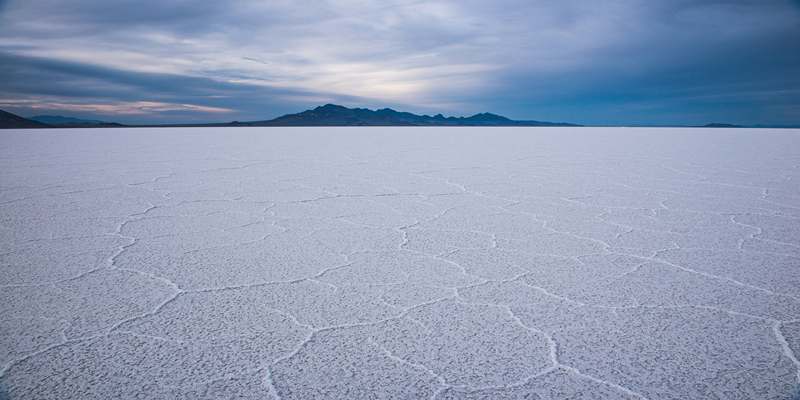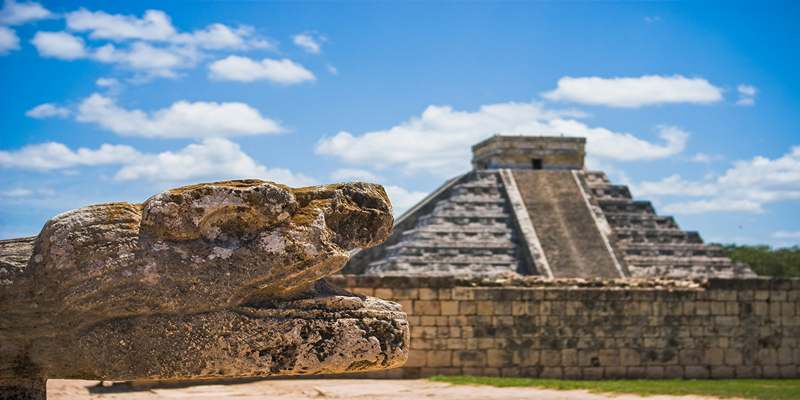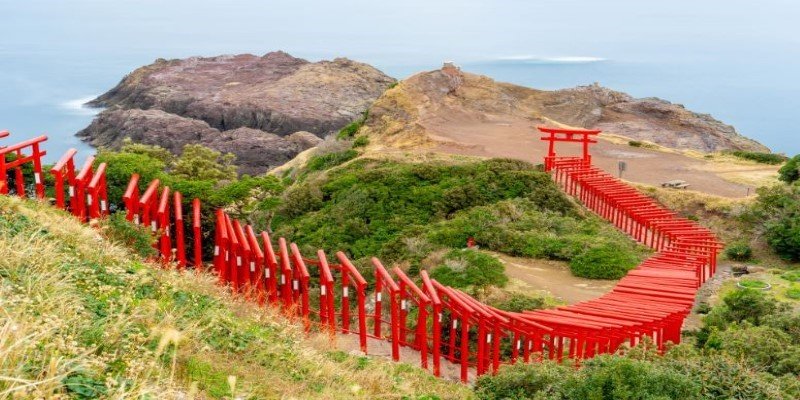Kakigori is a famous dessert in Japan that gives people refreshment in the torrid summer days. Originally, it is a dish of shaved ice that is attributed to have been in existence for centuries and which was originally a delicacy that was restricted only for the upper-class people. Kakigori is a dessert of Japan that is made of finely shaved ice and sweet syrups, and garnishing on top of it is making it a famous dessert in the summer season. It has evolved from the original dessert and has transmuted into a contemporary form, but the product is a memory that is endearing to the Japanese people.
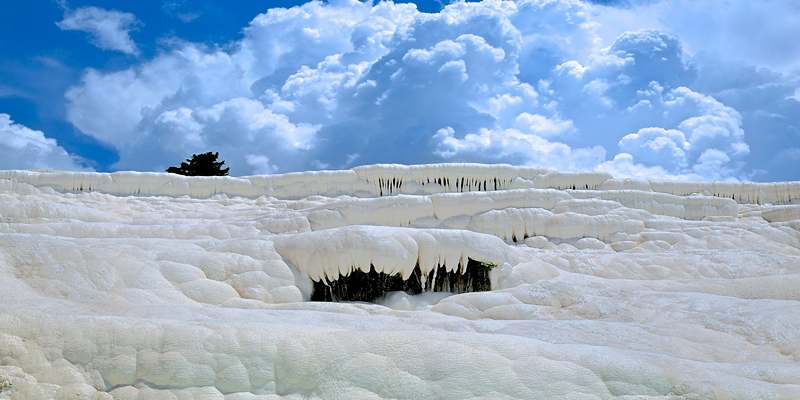
The Origins and History of Kakigori
The Beginnings of Kakigori in Japan
Kakigori is said to have originated as far back as the Heian period of Japan, which covers the years between 794 and 1185 and was a preserve of the royal class of the society. The first forms of this dessert were made by using the ice that was sourced from mountains. The syrups that were employed to flavor the ice before serving were mostly sweetened liquids made from fruits and herbs. Kakigori was thus associated with coolness and became popular in the Japanese summer months and became more accessible in the Edo period, which marked its democratization.
Kakigori’s Evolution Over Time
The history of this dessert shows that it has evolved through the ages following the changes in society and the development of new technologies. However, with industrialization in the late 19th and early 20th centuries, ice-making machines came into existence and thus made it easier to make kakigori. New syrups, such as condensed milk and different fruit flavors, were incorporated, while the toppings included red bean paste or mochi to give it a better taste. Today, however, kakigori is served not only in summer festivals but also in the present-day cafes and dessert shops where it has evolved but still has the Japanese origin.
Kakigori vs. Other Shaved Ice Desserts
Kakigori is quite similar to other forms of shaved ice desserts, but the structure of the ice and the kind of toppings and syrups make it different. Unlike other forms of desserts similar to the Filipino halo-halo, while it has varied ingredients placed in layers, kakigori pays much attention to the combination of ice and toppings. This is because kakigori is not overly sweet and is made from soft ice, thus making it unique.
The Unique Features of Japanese Shaved Ice
The Art of Shaving Ice for Kakigori
The preparation of kakigori is an art in that the ice used has to be shaved very finely so that it resembles snow. The traditional way of preparing kakigori is by using a manual machine or other tools to shave an ice block and make it into very fine and soft grains. This is done to ensure that the ice is fine and fluffy so that the syrups can be absorbed slowly, hence giving a better finish as compared to the shaved ice. It is quite complex since the ice has to be shaved to the right thickness to produce the texture of the dessert that makes kakigori unique.
Toppings and Flavors of Kakigori
Toppings and syrups are a very vital aspect and are diverse in variety. The basic ingredients of this dish are sweetened condensed milk, matcha syrup, red beans, and mochi, but other options are available nowadays. Some of them are specific to a particular season, say fruits, or even the flower syrups have been added when the need arises. Some of the additional flavors that are perhaps not so common in other countries include black sesame or brown sugar syrup flavors. This is because the light texture and fluffy ice cream complement the sweetness of the toppings as well as the aroma.
Kakigori in Japanese Summer Culture
Kakigori is very much linked to the summer period in Japan, mainly due to its preparation and consumption. The product is usually found being sold in the summer fairs, on the streets, and in any shops that specialize in sweets and confectionery items because of its ability to cool the throat on the hot sunny days. The fact that kakigori is cold and delicate is perfect to be served during outdoor activities or a hot summer afternoon.
Modern Variations of Kakigori
Innovative Twists on the Classic Dessert
Presently, there is an evolution of the kakigori, and this has seen the new creation of more flavors and additional garnishes that are not conventional. Cafes and dessert shops across Japan have adapted the concept by adding features like tropical fruits, alcoholic sauces, or even some forms of meat. The current generation of such products includes everything from salted caramel to floral notes. However, what you should know about kakigori is that it has been modernized, but the basic form has not really changed a lot.
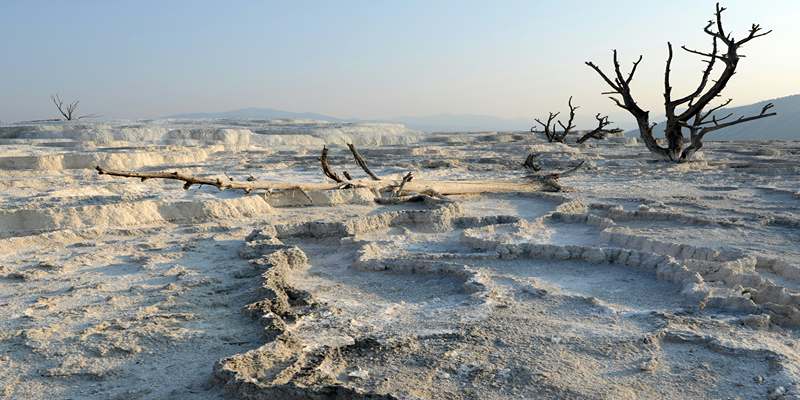
Kakigori’s Popularity Beyond Japan
With the expansion of Japanese food to the global market, so has the kakigori made its way into other countries’ dessert offerings. Today there are various copies of this cake available at different restaurants and cafes around the world. Kakigori has gained popularity for its qualities, such as being refreshing and good to look at, and the ingredients used can be easily adapted. Kakigori is now famous in summer not only in America but all over the world as a tasty Japanese tradition.
Conclusion
Kakigori, Japan’s iconic shaved ice dessert, has captured the hearts of many with its delicate texture and refreshing flavors. With origins in the Heian period, it has evolved over the centuries while maintaining its status as a cherished summer treat. From its simple beginnings to modern-day variations, kakigori remains a delicious representation of Japanese food culture. Whether enjoyed at a local festival or in a trendy café, kakigori continues to cool and delight people, making it a must-try for anyone visiting Japan during the summer months.

